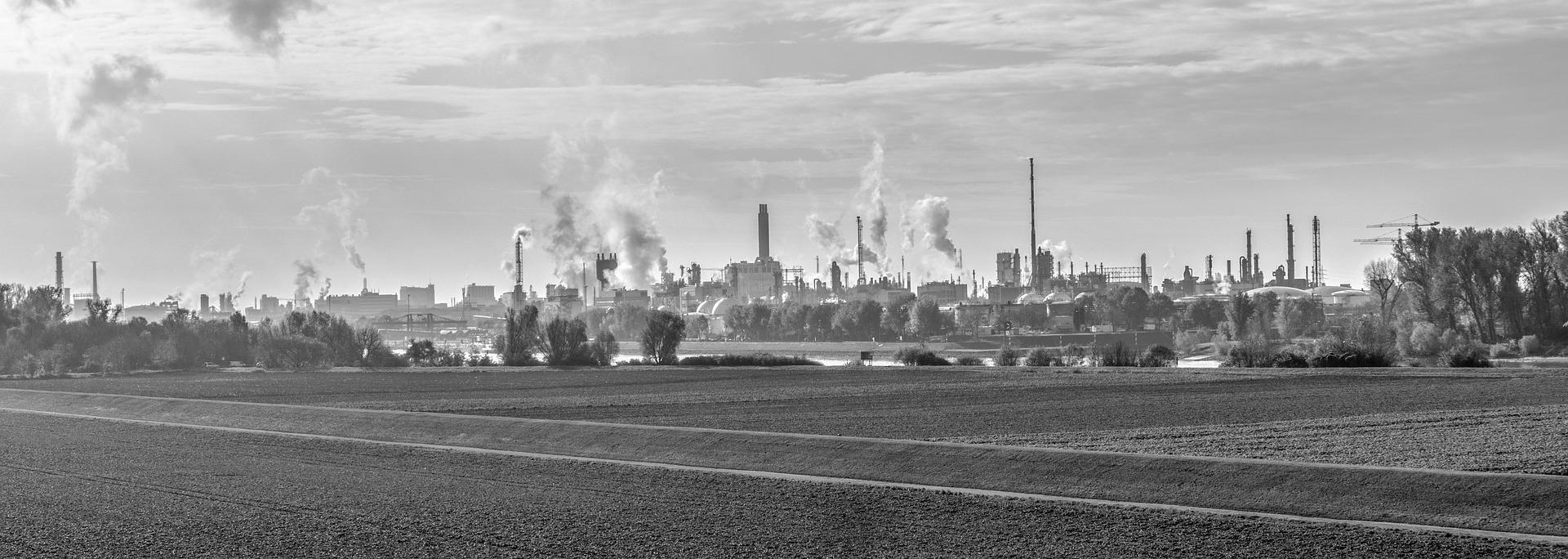Reform of the European carbon market: the difficult farewell to the free emission allowances
Published on June 23 2022

What happened on 8 June in the European Parliament to make the centre and left groups (Renew, Socialist Democrat and Green) block one of the most important legislative packages of the FitFor55 (the EU’s strategy to reduce its greenhouse gas emissions by 55% by 2030)?
It was an amendment tabled by the Industry Committee and adopted with the support of the right-wing groups (European People’s Party, Conservative and Identitarian) to postpone the phase-out date for free emission allowances in the ETS market [1,2] that suprised centrist, green and left-wing MEPs. The latter rejected the amended package, which would have allowed industries such as cement and steel to combine free emission allowances and CBAM [3] for several years and would have further reduced the EU’s emission reduction ambitions.
Yesterday, a compromise was finally reached to validate this measure, which Environment Committee President Pascal Canfin himself describes as the “flagship of European climate regulation”. The text must now pass through the hands of the Member States’ ministers in the EU Council. Negotiations with the Parliament are expected to begin at the same time as the Czech Presidency.
Where do we stand?
The timeframe originally envisioned by the Environment Committee was from 2024 to 2030. The Industry Committee tought that this interruption was too abrupt and succeeded in having the text amended with the 2027-2034 period. A compromise was reached on Wednesday 22 June on the 2027-2032 period. The Parliament hopes that this consensus will hold in future negotiations with the EU Council before final adoption.
However, this compromise is not really popular. Too unambitious for some green MEPs, this revision of the carbon market is already looked upon as “a bureaucratic monster […] prone to abuse” by the German chemical industry association. Indeed, the text specifies that free allowances will have to continue to apply to exports to countries without carbon regulations, which complicates an already difficult implementation. Manufacturers also fear that the increase in the price of raw materials will push customers to source their manufactured products from outside Europe.
All about the end of free emissions allowances :
[1] What is the EU ETS?
A quick reminder: European companies in certain sectors (electricity generation, refineries, glass, ceramics, steel, cement, etc.) are compelled to buy CO2 emission allowances. These allowances can be bought and sold on the ETS market. This is a key mechanism in the fight against climate change as it forces companies to pay for their emissions.
[2] Why are there free emission allowances?
The industrial sectors with the highest emissions, such as cement or steel production, benefit from free allowances to prevent them from losing too much competitiveness to their foreign competitors (who are not subject to this constraint) because of the increased costs associated with this purchase obligation. In particular, there is a risk that production will be relocated outside the EU.
[3] What is the MACF?
The legislative package of 8 June aimed to phase out the privilege of free emission allowances through the introduction of a Carbon Adjustment Mechanism at the EU’s borders (CBAM). The aim is to tax products imported into Europe on their carbon emissions in order to apply the same constraints to non-European producers as we apply to our own.
This mechanism will rebalance the competition with non-European producers, and the allocation of free emission allowances is theoretically no longer necessary. The package of the Environment Commission was proposing a gradual end to free allowances between 2024 and 2030 (with an implementation of the CBAM in 2025).
